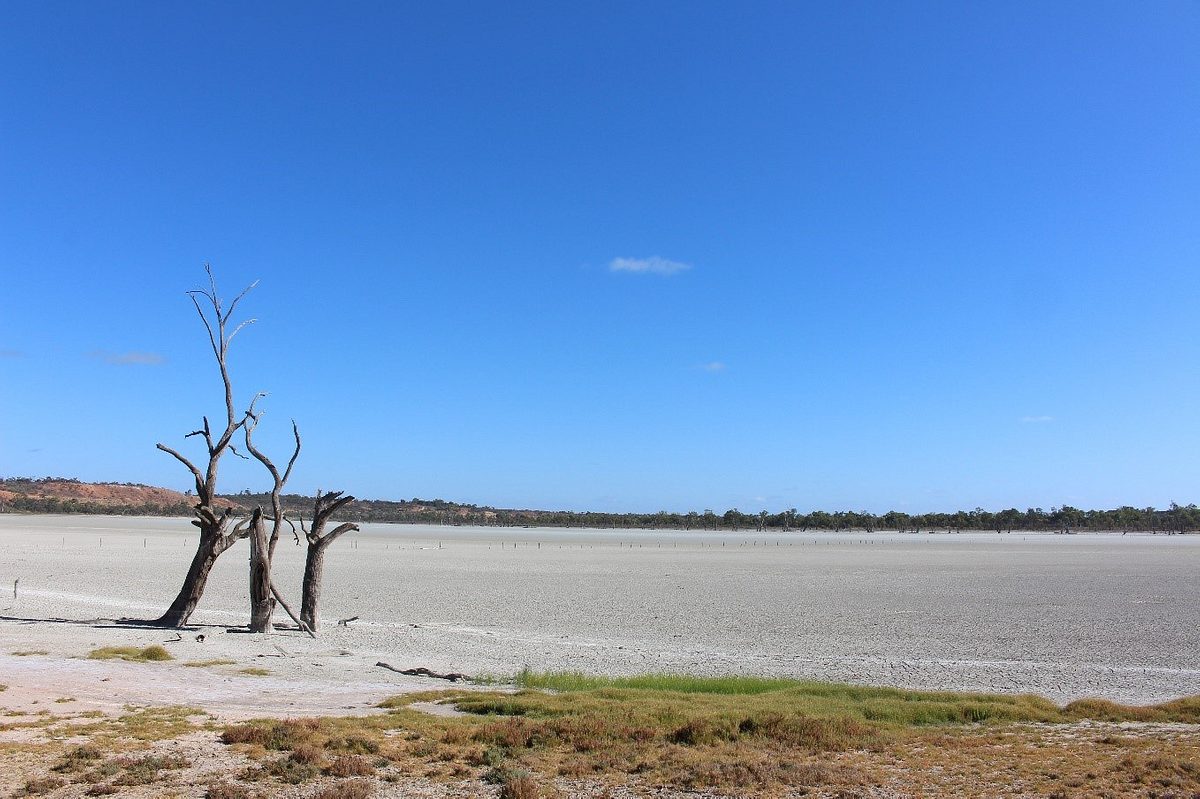Hart and Ramco Lagoons to Begin Drying Phase
Regulators connecting Hart and Ramco Lagoons to the river will soon be shut off in order to start an essential wetland drying phase.
Subject to upcoming flow conditions, Hart Lagoon will be closed in the next few months to completely dry out. Ramco Lagoon will be closed at the beginning of 2024 and will be partially dried before being refilled.
The drying phase is a critical feature for wetland health, but the installation of locks and weirs significantly disrupted the natural ebb and flow of water into the river’s wetlands and floodplains. Many wetlands are now managed to mimic natural flow conditions in order to maintain the conditions on which native wetland ecosystems rely upon.
While Hart and Ramco lagoons were flooded as a result of the 2022 high flows, both sites now require drying to allow critical natural ecological processes to occur.
Drying the wetlands will also remove the large volume of carp that entered as a result of the high flows. As bottom feeders, carp cause significant damage to river ecosystems by agitating the bottom of the riverbed, creating muddy water. Fish screens fitted on both regulators are currently open to allow native fish and aquatic fauna to move back into the river system, and these screens will be closed when the lagoons refill with water to prevent large carp from re-entering the wetlands.
“Drying wetlands removes large carp from the system and allows bed sediments to dry out and consolidate. Then when wetlands are refilled, the water will be much clearer,” said Stephanie Robinson, a Wetlands Project Officer with the Murraylands and Riverland Landscape Board.
“Once the lagoons are refilled, they will be abundant with fringing and aquatic vegetation which provides food and habitat for native species of birds, fish and frogs”.
Ms Robinson said that water variability in summer and early autumn would benefit many native species including waders and migratory birds.
“Birds like the curlew sandpiper rely on exposed mudflats at Ramco and Hart Lagoons every year. This little migratory bird uses these wetlands as a feeding ground to rebuild their fat stocks before returning to Siberia in autumn”.
Ramco Lagoon Odour Not a Public Health Concern
Ms Robinson said that the drying process at Ramco Lagoon may result in some odour over the summer months, but this will not pose a public health issue.
“Ramco Lagoon has acid sulphate soils and the smell is caused when these soils become exposed to the air during the drying process”.
“Acid sulphate soils get worse when exposed for a prolonged period of time. In order to balance the ecological benefits of the drying phase with the odour issue, we partially dry the wetlands out in the summer for a short period of time,” added Ms Robinson.



This project is supported by the Murraylands and Riverland Landscape Board through funding from the landscape levies.


